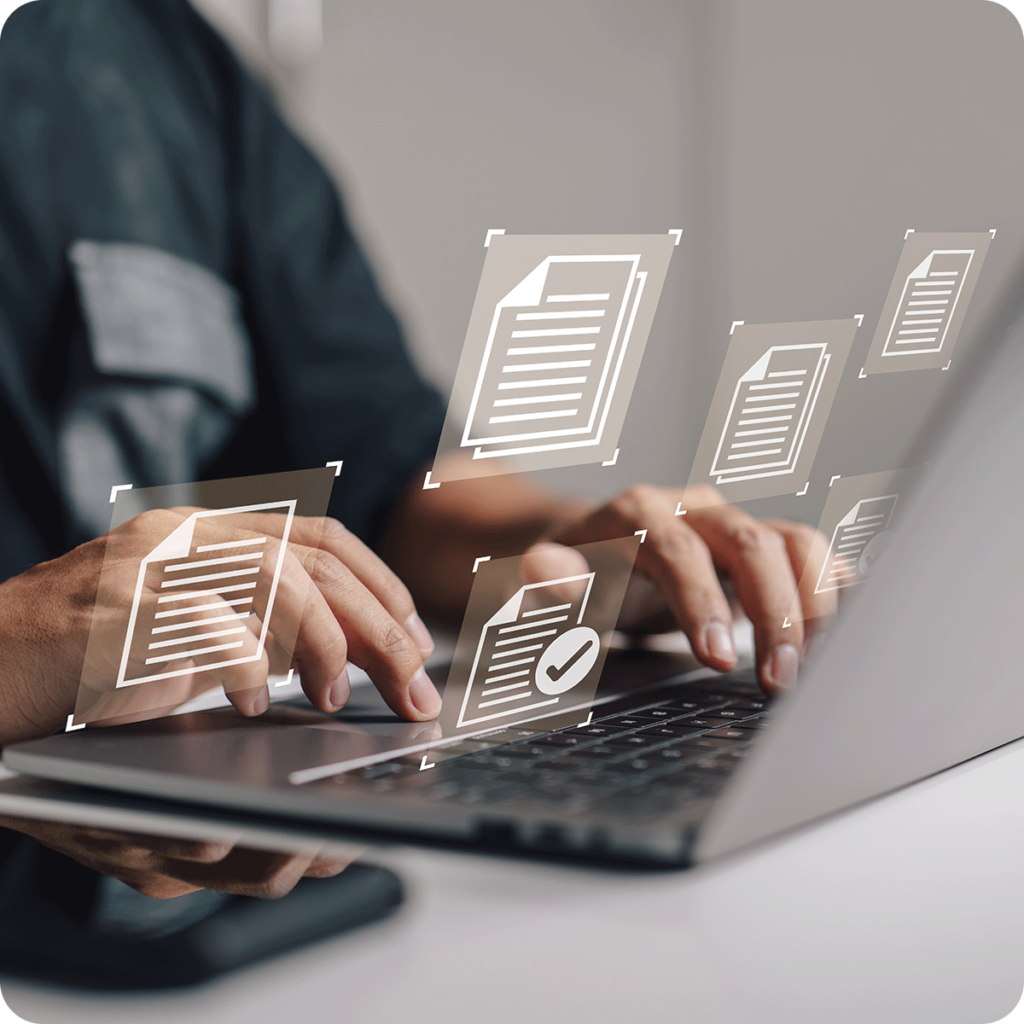Electronic invoice formats
Article 195 of the Finance Law for 2021 has 4 main objectives according to Bercy: to strengthen business competitiveness, combat VAT fraud, provide instant information on business activities and facilitate VAT declarations.
To harmonize these invoice exchanges, the DGFiP has selected 3 electronic invoice formats with which companies will be able to send their electronic invoices via the Plateformes de Dématérialisation Partenaires (PDP): CII, Factur-X and UBL. Other formats are used today for these document exchanges, such as EDIFACT, which is widely deployed in certain business sectors such as retail and automotive. These specific formats will continue to be supported by certain PDPs such as Artéva.


Anticipating electronic invoicing and the formats used
In a few months’ time, electronic invoicing will be mandatory for all companies for incoming invoices, and progressively until 2027 for outgoing invoices.
- Companies will have to be able to receive and send invoices in one of the electronic formats imposed by the DGFiP: the minimum base formats.
- If a company wishes to use another format (e.g. EDIFACT), it is referred to as a non-core format. Only certain PDPs (Plateformes de Dématérialisation Partenaires), including Artéva, are able to handle these specific formats.
Invoice formats included in the minimum format
Accepted formats that can be transferred directly via Partner Dematerialization Platforms (PDP) include :
The UBL format
This is a standard format introduced by the industry (OASIS) as a solution to facilitate invoice processing. A UBL file is an invoice in the form of an XML file. This XML file contains all the information of an invoice, but in a structured and fixed format.
The CII format
Which is an inter-industry invoice format, specially developed by the United Nations (UN/CEFACT) to meet international requirements. With a message syntax that can be exchanged and understood globally by all trading partners, structured in XML.
Factur-X
A hybrid PDF format. It is both an invoice readable by the human eye, because in PDF format, with invoice data presented in the form of a structured XML file allowing information systems to carry out automated integration and reconciliation.
Invoice formats outside the minimum base
Outside this minimum base, some companies may use more specific or personalized formats to meet their particular needs. These proprietary formats can be exchanged between PDPs only, they are:
Proprietary Formats
Some companies may develop their own e-invoicing formats to fit their internal systems. However, this may lead to interoperability issues with other companies or systems that do not use the same format.
Industry Formats
In some specific industries, there may be e-invoicing formats that are tailored to the specific needs of that industry. For example, the healthcare industry might use a specific e-invoicing format to include relevant medical information.
Data-rich formats
Some businesses may add metadata or detailed information to their electronic invoices to help with transaction tracking, expense analysis, and more.
Request a quote
Would you like to be supported in choosing paperless invoicing formats?
Artéva supports you in choosing and implementing an invoicing format adapted to your company, your activity and your business partners.


